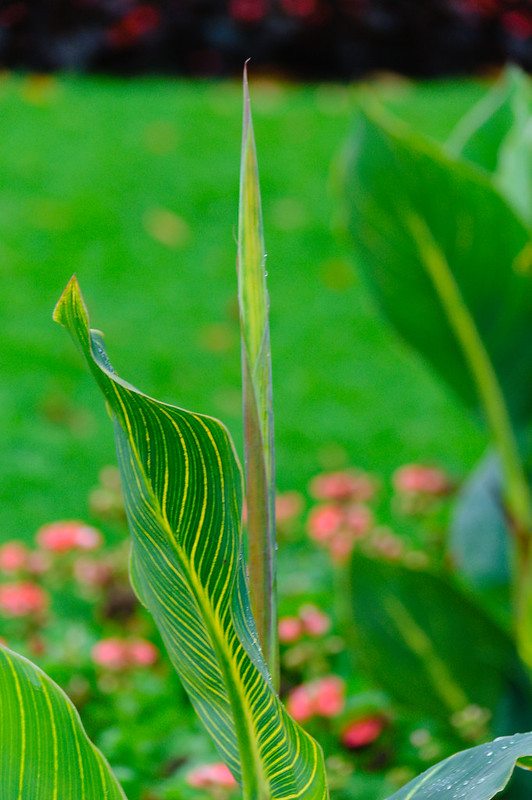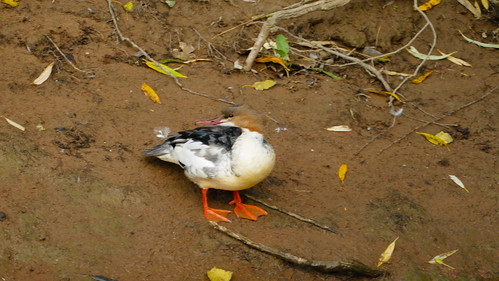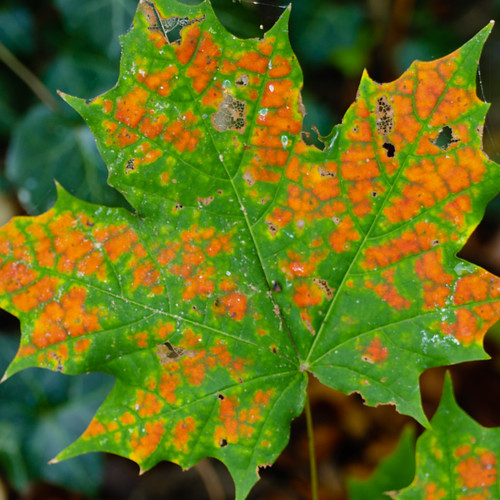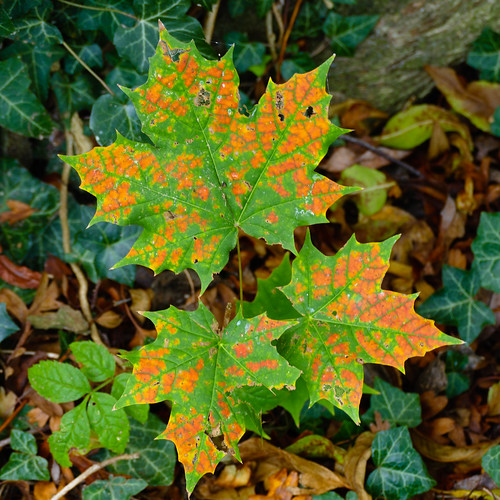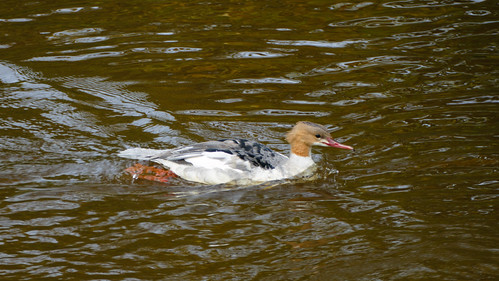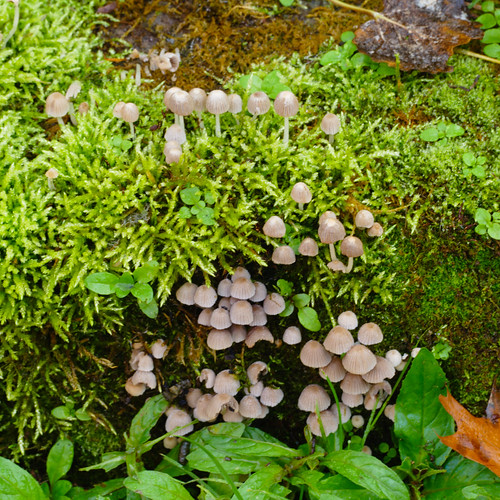The young goosander, in the Severn by the Bylet at Bridgnorth. After a brief pause on the Bylet to preen, it was now carrying on swimming upstream on the sidestream.
The last three pictures in the set were taken about a quarter of an hour later. The bird was now swimming by the gravel bed at the upstream end of the Bylet, still diving frequently, still not showing signs of catching anything.


